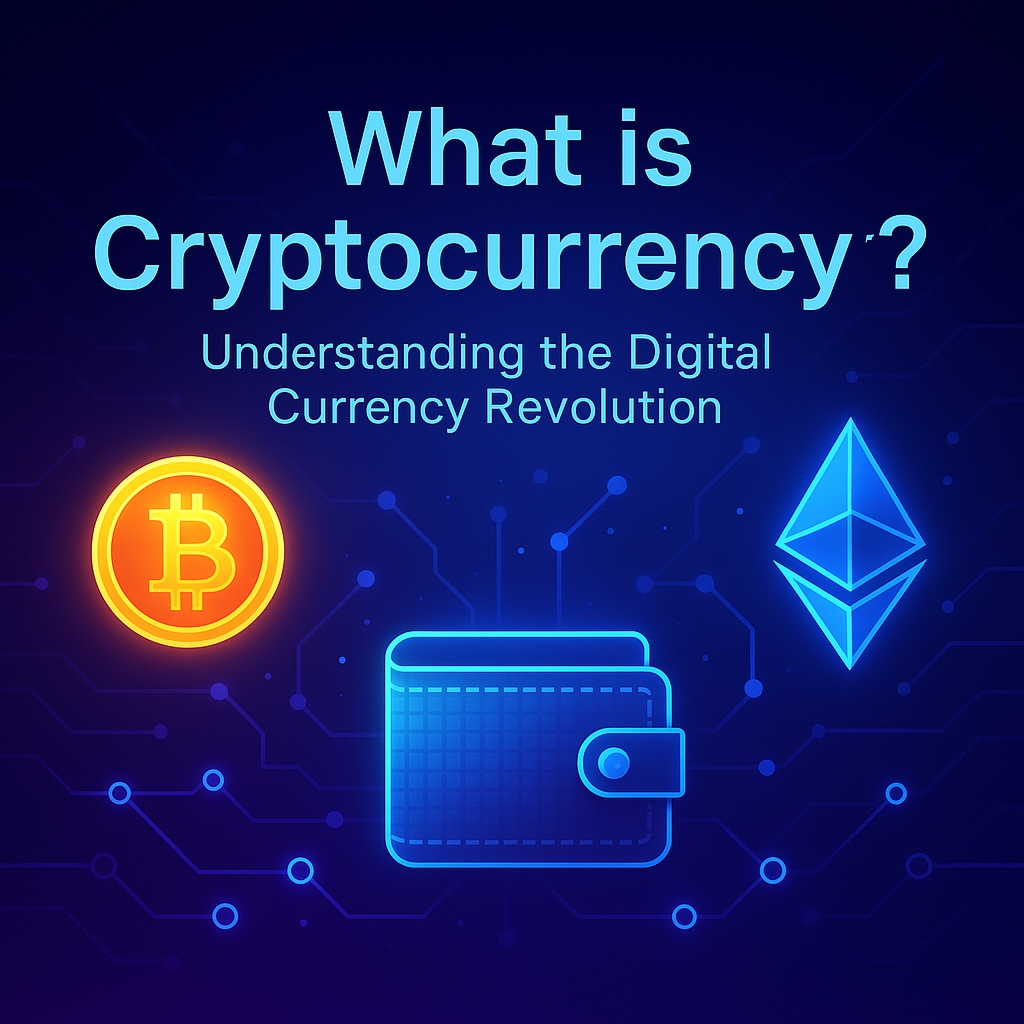Breaking News
Popular News




Enter your email address below and subscribe to our newsletter

Blockchain in gaming is transforming the way players interact with digital worlds. From earning real money to owning unique in-game assets, blockchain technology is leading a gaming revolution.
At bit2050.com, we break down exactly how this innovative tech is reshaping everything from player rewards to game development, making gaming more decentralized, rewarding, and player-focused.
Blockchain gaming integrates decentralized ledger technology into games. This allows players to:
Own in-game items as NFTs
Trade assets across games and platforms
Participate in Play-to-Earn (P2E) models
Control governance through DAOs
Unlike traditional games where assets are locked in centralized servers, blockchain games offer true digital ownership and real-world value.
Players can earn tokens, crypto, or NFTs by playing, which can be sold or traded. Popular examples include:
Axie Infinity – Players earn SLP tokens by battling Axies.
The Sandbox – Users create and monetize virtual content.
In-game assets like skins, weapons, or land are tokenized as NFTs, giving players full control and resale rights.
Blockchain enables interoperable assets, meaning your gear in one game could be used in another—creating a connected metaverse.
Thanks to blockchain’s transparent nature, game economies become fair, trackable, and more resistant to fraud.
| Game | Feature | Blockchain |
|---|---|---|
| Axie Infinity | Play-to-Earn | Ethereum & Ronin |
| Decentraland | Virtual Real Estate | Ethereum |
| Gods Unchained | NFT Card Game | Immutable X |
| The Sandbox | User-Created Worlds | Ethereum |
Developers can monetize through token sales and lower distribution costs.
Players can become stakeholders via governance tokens.
Communities form DAOs to vote on updates, making games truly community-driven.
User onboarding is still complex for non-crypto users.
High gas fees on networks like Ethereum can limit interaction.
Regulatory concerns surrounding NFTs and in-game economies.
Still, Layer 2 solutions, cross-chain bridges, and regulatory clarity are solving these issues rapidly.
AAA blockchain games entering the mainstream
NFT interoperability across entire gaming ecosystems
New hybrid models combining Free-to-Play + Play-to-Earn
GameFi becoming a core part of Web3
At bit2050.com, we believe blockchain will become the default infrastructure for the next generation of immersive, decentralized gaming.
Blockchain gaming uses decentralized technologies to enable real ownership of digital items, P2E mechanics, and secure trading via NFTs.
Yes. Many games offer real crypto or NFT rewards that can be traded for fiat or used in-game.
Axie Infinity, The Sandbox, Gods Unchained, and Decentraland are some of the most popular blockchain games.
It’s relatively safe, but players should always use trusted wallets, avoid scams, and understand the value of what they’re buying or selling.
Blockchain in Gaming, Play to Earn, NFT Gaming, Crypto Games, GameFi, Web3 Games, Future of Gaming, Axie Infinity, The Sandbox, bit2050